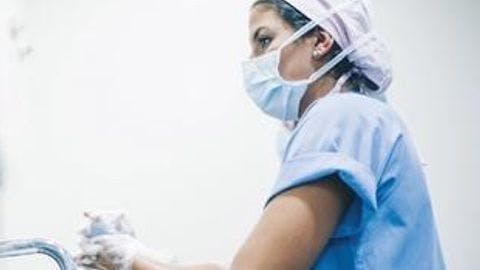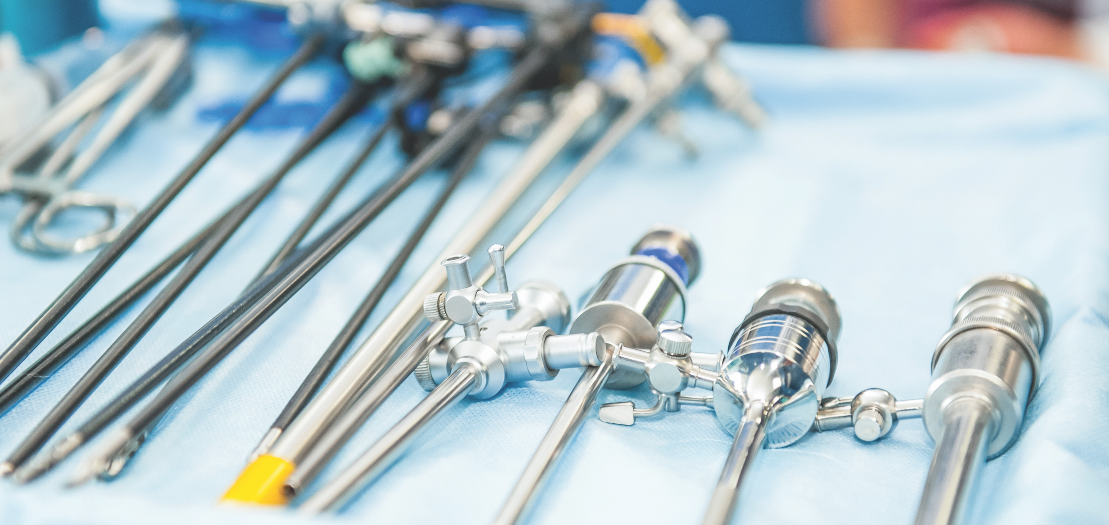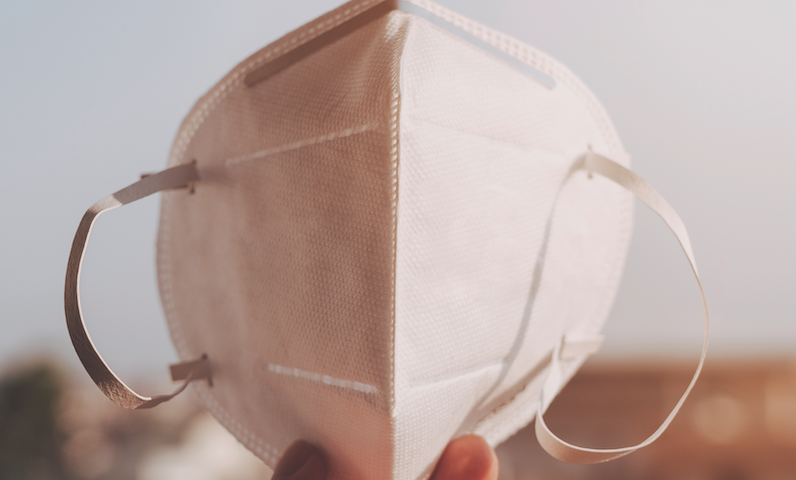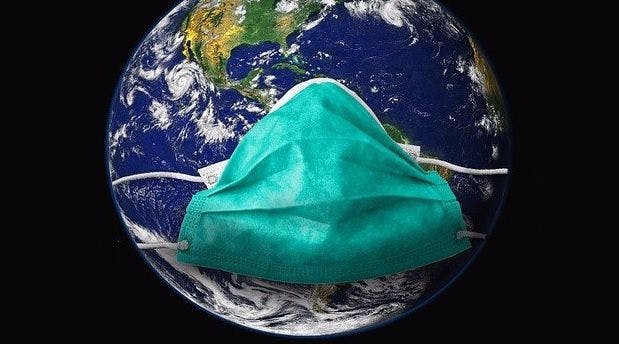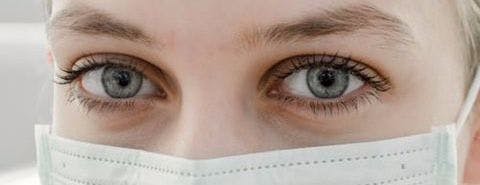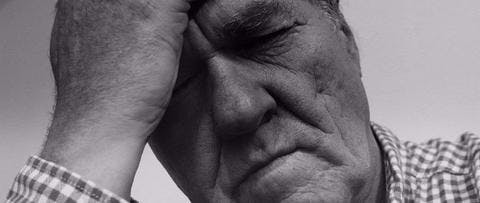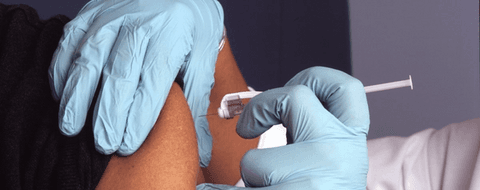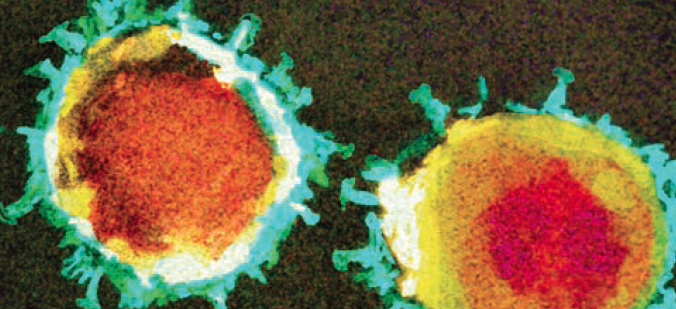Method That Repels Pathogens from Hospital Surfaces Studied
Investigators used acetone-washed, pre-autoclaved stainless-steel coupons coated with reformulated quaternary ammonium polymer to keep deadly pathogens at bay.
Two hours’ exposure to reformulated quaternary ammonium polymer coating applied to stainless steel coupons led to a reduction in contamination of stainless steel surfaces by human coronavirus 229 E (HCoV 229 E) and SARS-CoV-2 by more than 99.9%, according to a study published in the American Journal of Infection Control.1
“With the recent detection of infectious SARS-CoV-2 from the bedside table, remote control, bed rails, and flooring in the hospital room of an infected patient, the importance of effective hygiene protocols for environmental surfaces remains imperative,” the study states.
Investigators with the University of Arizona used acetone-washed, preautoclaved stainless-steel coupons coated with reformulated quaternary ammonium polymer. The uniformity of the coverage was monitored by an x-ray fluorescence spectrometer. A control group of stainless steel coupons was not coated.
Both the control and experimental coupons were then exposed to HCoV 229 E and SARS-CoV-2, the virus that causes COVID-19. The study states that all work involving SARS-CoV-2 was done in a Biosafety Level 3 laboratory.
The viruses were harvested using both a carrier wash method and a swab method, with the carrier wash method proving more effective.
Swabs predipped in Letheen Broth Base (LBB) were placed into tubes containing 1 mL of LBB and mixed. “The suspensions were immediately passed through Sephadex G-10 gel columns by centrifugation,” the study states. The carrier wash method involved rinsing the carriers 4 to 5 times using 1 mL of LBB, and then a cell scraper to detach virus further. Investigators say more studies will hopefully assess the effectiveness of the method on a variety of porous and nonporous surfaces.
The study states that “surface-active coatings that have antiviral capabilities are not meant to substitute for regular cleaning and disinfection practices, but rather serve as an additional barrier for reducing human exposure to infectious viruses that may be present on fomites.”
Charles P. Gerba, PhD, one of the study’s authors, told Infection Control Today® (ICT®) in May 2020 that continuously acting disinfectants will help environmental service teams keep health care facilities—and schools and office buildings—better protected from deadly pathogens.2 (Gerba is the professor of microbiology and environmental sciences and a professor of public health at the University of Arizona’s Mel & Enid Zuckerman College of Public Health.)
“The problem with many disinfectants [is that] they will inactivate or kill what’s on there, but these surfaces can become contaminated right away again,” Gerba told ICT®. “And that’s the role of the continuously acting disinfecting surfaces because we know the surfaces are going to be continually contaminated. I think they might play another important role too, in that we emphasize largely the high-touch areas as playing the major role in disease of infectious organisms in the spread in indoor environments, but the low-touch areas are also important. I think we ignore them a lot.”
References:
- Ikner LA, Torrey JR, Gundy PM, Gerba CP. Efficacy of an antimicrobial surface coating against human coronavirus 229E and SARS-CoV-2. Am J Infect Control. Published online September 6, 2021. doi:10.1016/j.ajic.2021.08.031
- Diamond F. Q&A: COVID-19 will affect how environmental service teams operate. Infection Control Today®. May 20, 2020. Accessed September 28, 2021. https://www.infectioncontroltoday.com/view/qa-covid-19-will-affect-how-environmental-service-teams-operate
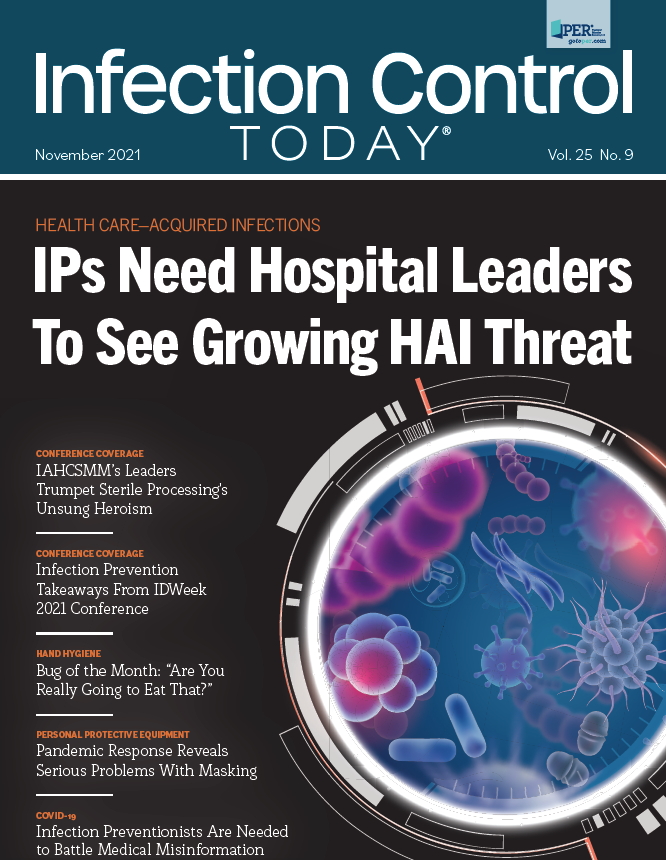
Newsletter
Stay prepared and protected with Infection Control Today's newsletter, delivering essential updates, best practices, and expert insights for infection preventionists.
US Withdrawal From UNESCO Signals a Dangerous Step Back for Global Science
July 22nd 2025In a decision heavy with consequence and light on foresight, the US has once again chosen to walk away from UNESCO, leaving behind not just a seat at the table, but a legacy of global scientific leadership that now lies in question.
Breaking the Cycle of Silence: Why Sharps Injuries Go Unreported and What Can Be Done
Published: July 24th 2025 | Updated: July 23rd 2025Despite decades of progress in health care safety, a quiet but dangerous culture still lingers: many health care workers remain afraid to report sharps injuries, fearing blame more than the wound itself.
Telemedicine's Transformative Role in PPE Distribution and Sterile Equipment Management
July 22nd 2025In an era defined by digital transformation and post-pandemic urgency, telemedicine has evolved beyond virtual visits to become a vital infrastructure for delivering personal protective equipment (PPE) and managing sterile supplies. By enabling real-time forecasting, remote quality control, and equitable distribution, telemedicine is revolutionizing how health care systems protect both patients and providers.
Reducing Hidden Risks: Why Sharps Injuries Still Go Unreported
July 18th 2025Despite being a well-known occupational hazard, sharps injuries continue to occur in health care facilities and are often underreported, underestimated, and inadequately addressed. A recent interview with sharps safety advocate Amanda Heitman, BSN, RN, CNOR, a perioperative educational consultant, reveals why change is overdue and what new tools and guidance can help.

